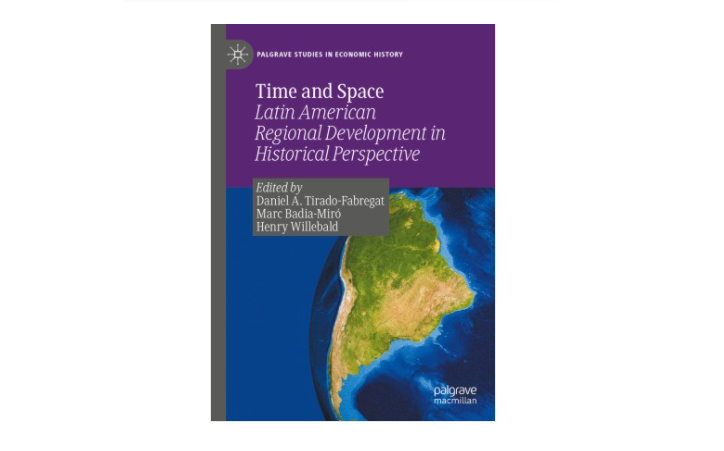
Lo más reciente
Abstract
This chapter studies regional economic inequalities in Colombia between 1926 and 2018. We use regional economic data from several academic and official sources to study the patterns of economic growth through most of the century. We conclude that Colombian regions did not converge during this time. Although poorer regions grew at faster rates, the dispersion of regional per capita GDP did not decrease. We argue that geographic conditions led to an early development of isolated markets that concentrated in the central regions of the country, and their integration to regional markets through the construction of railroads and highways occurred late in comparison to other Latin American countries. However, this process reinforced the concentration of economic activity due to the reduction of transport costs and the presence of economies of scale. Moreover, the implementation of import substitution policies during the second half of the century benefited industrial economies located in the center of the country, increasing their advantage over peripheral areas. As a result, the economic development of both coastal regions, Pacific and the Caribbean, lagged behind those regions located in the center. We believe that this historical perspective contributes to a better understanding of current regional economic inequalities in Colombia and their persistence over time.
 Adolfo Enrique Meisel-Roca,
Adolfo Enrique Meisel-Roca, 